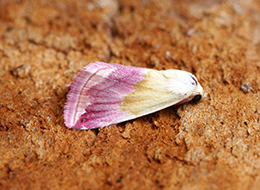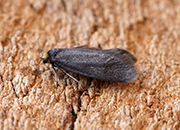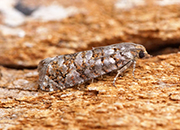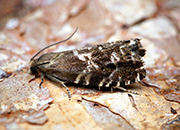As a relatively new face on the Moth scene I thought I would post articles on comparisons and similiarities of Moth confusion species that may help others.
It's a topic that comes up alot on the Back Garden Moths forum and there is also much speculation about certain species still today which leads to regular discussions and debates.
My thanks go out to Nick Smith who contributed images of Moths I haven't recorded yet to complete this article.
Let's start with a typical Autumn species.......
--------------------------------------------------------
The Chestnut/Dark Chestnut
The first thing you'll notice about these two Moths is the similiar colouration, in fact the Moth Dark Chestnut is abit of a taboo name as it is not necessarily darker than The Chestnut.
--------------------------------------------------------
The Chestnut


--------------------------------------------------------
Dark Chestnut



--------------------------------------------------------
How to tell these two apart?
The Chestnut

Dark Chestnut

--------------------------------------------------------
The Chestnut has a straight outer edge to its forewing, the Dark Chestnut has an S-shaped outer edge to the forewing as shown above.
Most Chestnut have typically rounded edges to the wings although there are times when slightly worn specimens can look superficially like Dark Chestnut, see image below, this Moth was trapped in 2008 and really gave me a headache because it showed signs of being a Dark Chestnut.....til this day I have yet to see one.
Update: Caught my first one on 23/10/09 see above pictures of Dark Chestnut.
The Chestnut (Darker form which could lead to mis-dentification)


 Musotima nitidalis
Musotima nitidalis L-album Wainscot
L-album Wainscot Feathered Ranunculus
Feathered Ranunculus Agonopterix nervosa
Agonopterix nervosa Blossom Underwing
Blossom Underwing Beautiful Marbled
Beautiful Marbled Lampronia fuscatella
Lampronia fuscatella Gravitarmata margarotana
Gravitarmata margarotana Perittia obscurepunctella
Perittia obscurepunctella Black-spotted Chestnut
Black-spotted Chestnut Cydia pactolana
Cydia pactolana












.JPG)
































